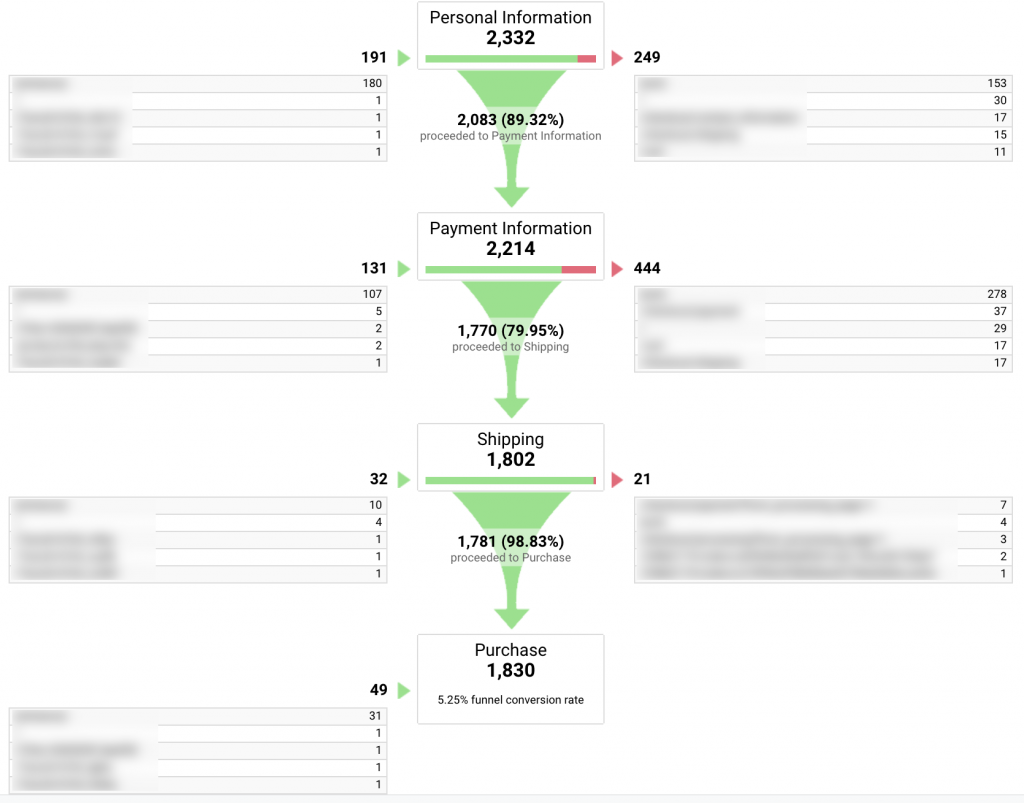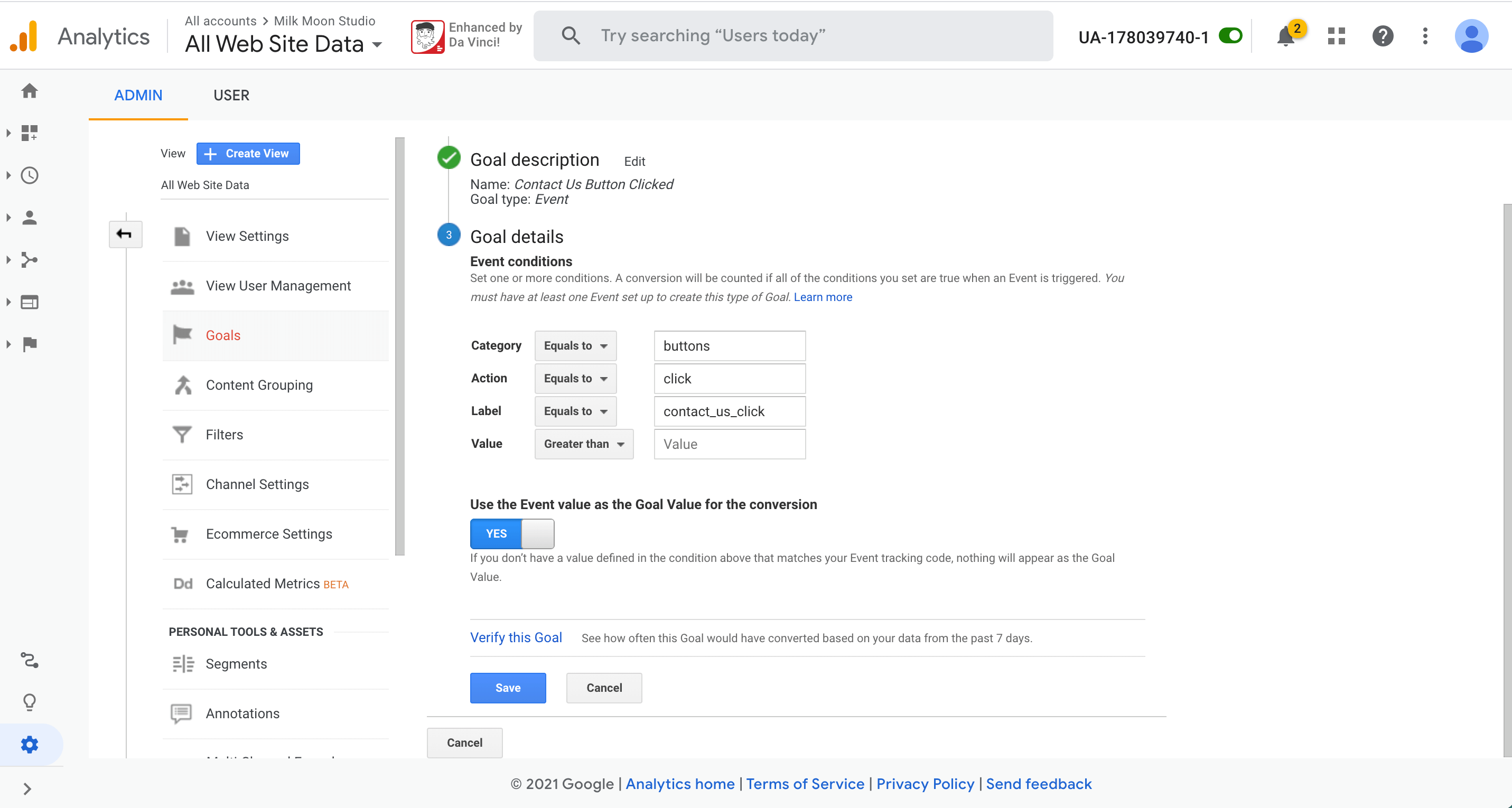Discover the Limitations of Google Analytics Goals: Revealing the Data Kind That Remain Untrackable
As services significantly count on data-driven decision-making, comprehending the constraints of tools like Google Analytics comes to be paramount. While Google Analytics Goals deal useful understandings into user communications, there exist information kinds that elude tracking, positioning obstacles to a comprehensive understanding of individual habits.
Insufficient Individual Journey Tracking
Incomplete user trip monitoring within Google Analytics can prevent the capability to accurately assess individual habits. When the individual journey is not totally tracked, there are gaps in the information that stop a detailed understanding of how individuals engage with a website. This lack of insight can result in missed out on possibilities for optimization and enhancements to the user experience.
One common problem with incomplete user trip monitoring is the failure to see the full path that individuals take before finishing an objective or leaving the site. Without this information, it is testing to identify where individuals may be running into obstacles or friction factors that prevent them from transforming. Additionally, incomplete monitoring can cover the influence of certain advertising efforts or web site changes on customer actions.
To resolve this limitation, it is crucial to establish up correct tracking mechanisms within Google Analytics to catch the whole user trip. This might involve establishing occasion tracking, goal funnels, or utilizing tools like Google Tag Manager to make certain that no important interactions go unrecorded. By obtaining an extensive sight of the user trip, website owners can make more informed choices to boost customer engagement and drive conversions.
Acknowledgment Difficulties
Navigating with attribution difficulties in Google Analytics calls for a complete understanding of how various touchpoints add to the total conversion procedure. Attribution challenges emerge from the complexity of modern consumer journeys, where individuals communicate with numerous channels before transforming. Google Analytics offers different attribution models like initial touch, last touch, and linear, each using a different point of view on how credit rating is designated to touchpoints along the conversion course. Nonetheless, these versions may not constantly properly mirror truth impact of each touchpoint on the conversion.
One common acknowledgment obstacle is the trouble in attributing conversions to the proper resource, particularly in situations where customers interact with several networks before converting. In addition, cross-device tracking poses an additional attribution obstacle, as individuals usually switch between devices throughout their trip, making it challenging to track their communications flawlessly.
Offline Conversions
Provided the challenges related to associating conversions properly in online networks, the measurement of offline conversions offers a considerable chance for online marketers seeking a much more extensive understanding of their consumers' journey. Offline conversions describe actions that customers absorb the physical globe, such as making purchases in brick-and-mortar stores or over the phone, going to events, or engaging with printed products - what data is google analytics goals unable to track. These conversions are essential for companies that run both online and offline, as they provide valuable understandings right into the effectiveness of advertising and marketing projects throughout numerous touchpoints
Tracking offline conversions commonly positioned a significant obstacle for online marketers, as it was testing to connect these actions why not try these out back to particular on-line interactions precisely. Nevertheless, with advancements in technology, such as the integration of CRM systems, unique identifiers, and coupon codes, companies can now bridge the gap in between online and offline data to get an extra holistic view of client habits. By efficiently determining offline conversions, marketers can enhance their approaches, assign sources much more efficiently, and ultimately enhance the total consumer experience.
Cross-Device Monitoring
Cross-device tracking plays a crucial function in understanding the interconnected nature of customers' electronic interactions across multiple tools. In today's omnichannel world, where individuals perfectly switch over in between mobile phones, desktops, and tablets, tracking their habits throughout these devices is vital for marketers to obtain a thorough sight of their consumer trip.

Furthermore, personal privacy problems and laws such as GDPR and CCPA have better complex cross-device tracking. With individuals demanding even more control over their data and raised restrictions on monitoring modern technologies, marketing professionals have to locate privacy-compliant and ingenious methods to link user communications throughout tools.
Dynamic Web Content Interaction
Understanding customer interaction with dynamic web content is critical in maximizing electronic advertising techniques for enhanced target market interaction. Dynamic material refers to web site aspects that alter based on user habits, choices, or other variables, using a personalized experience. Nonetheless, tracking user communications with dynamic material presents challenges for conventional analytics devices like Google Analytics.
While Google Analytics can track standard communications like clicks and page views, it may struggle to capture more nuanced involvements within vibrant content. what data is google analytics goals unable to track. Metrics such as time spent on specific dynamic aspects, float actions, or communications within pop-ups are typically not Full Report conveniently measurable utilizing standard monitoring techniques. This limitation prevents marketing professionals' ability to totally grasp how users are engaging with vibrant web content and tailor their methods as necessary

Final Thought
To conclude, Google Analytics goals have limitations in tracking insufficient individual trips, associating conversions precisely, recording offline conversions, tracking cross-device communications, and gauging vibrant material involvement. These restrictions highlight the value of discovering added tracking approaches and devices to gain a more comprehensive understanding of have a peek at this website customer habits and conversions beyond what Google Analytics can offer.
While Google Analytics Goals deal valuable insights right into user communications, there exist data kinds that thwart tracking, presenting obstacles to a comprehensive understanding of user behavior.Insufficient individual trip tracking within Google Analytics can prevent the capability to properly analyze individual habits. When the customer trip is not completely tracked, there are gaps in the data that protect against a detailed understanding of exactly how individuals communicate with a site.One typical problem with insufficient customer journey monitoring is the failure to see the complete course that users take before completing an objective or leaving the website. By obtaining an extensive view of the user trip, site owners can make even more educated choices to enhance user involvement and drive conversions.
Comments on “Recognizing What Data Is Google Analytics Goals Unable to Track”